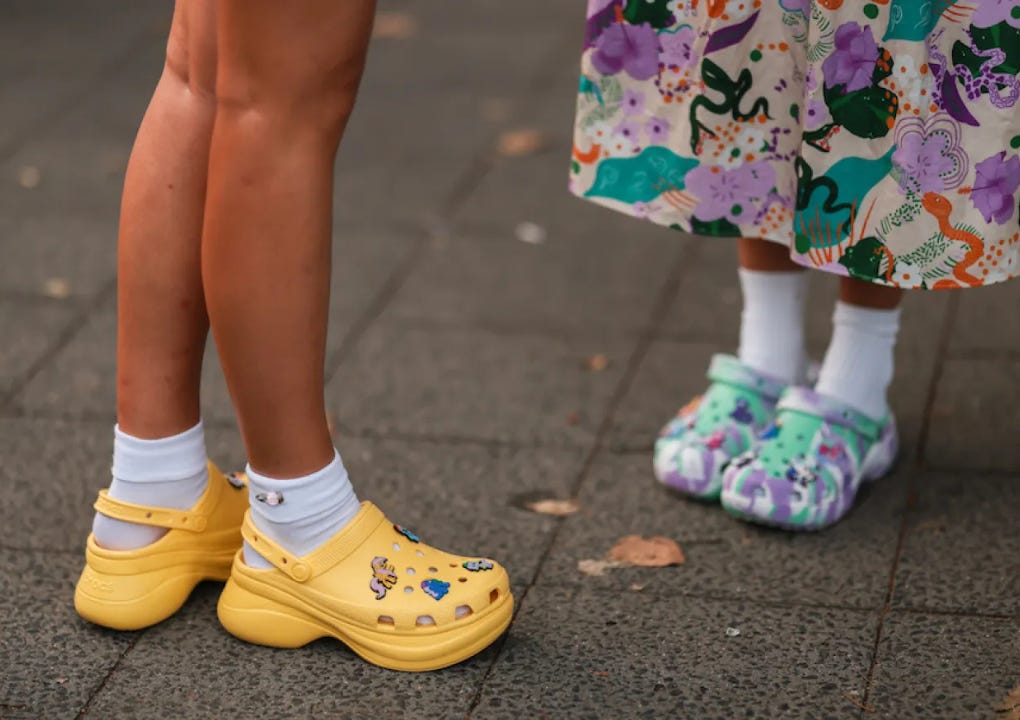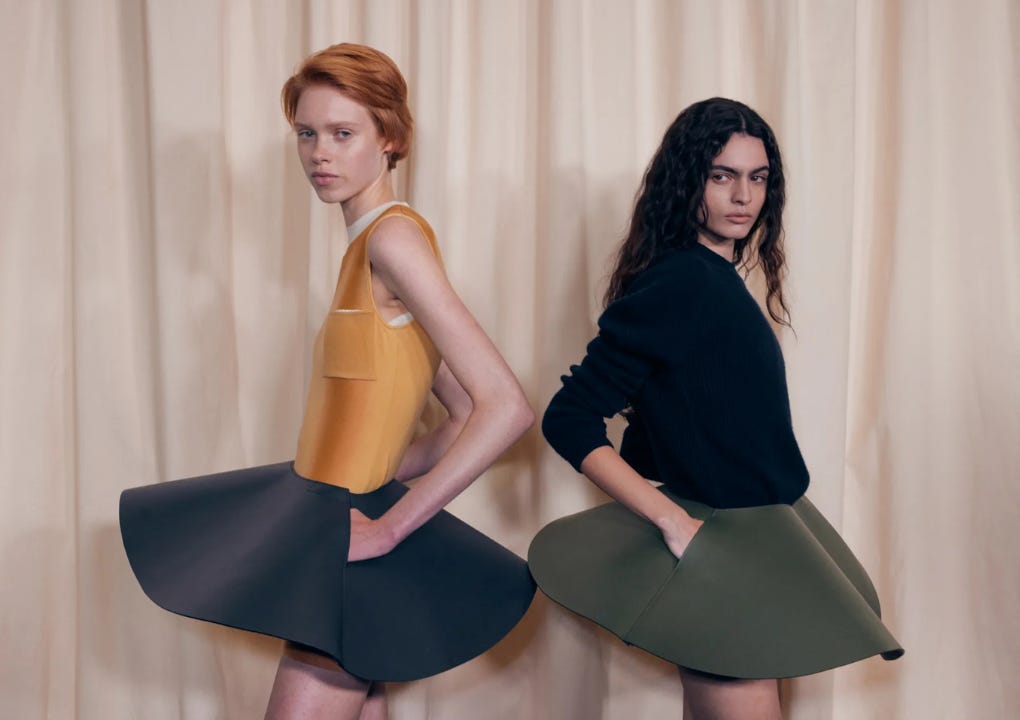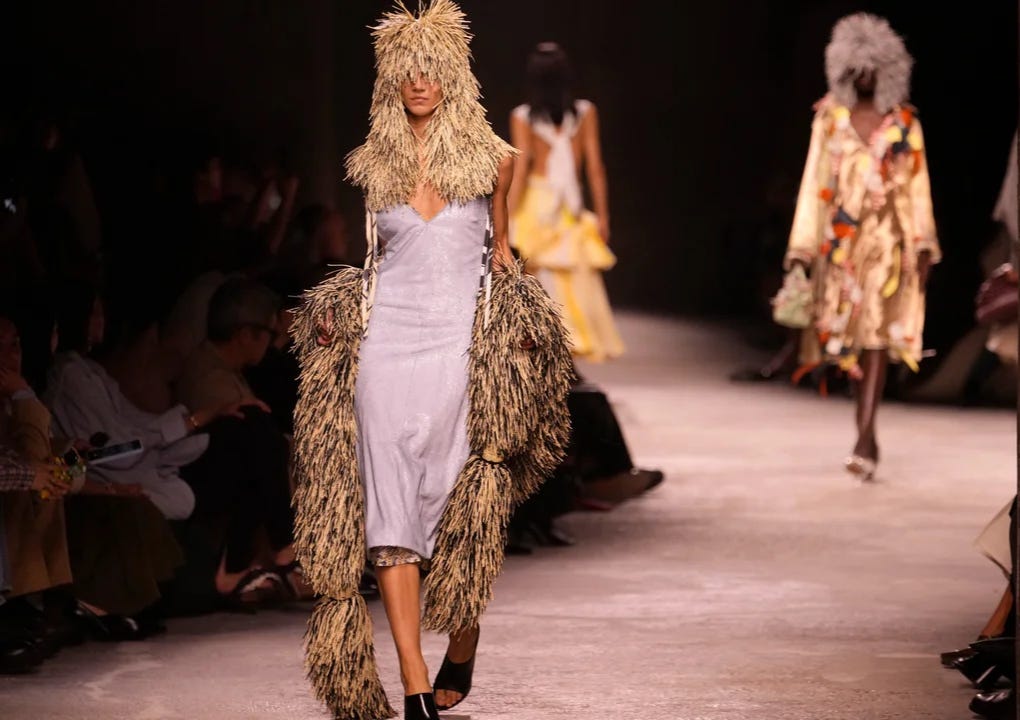Fashion, by its very nature, thrives on contradiction. For every season defined by elegance and minimalism, there comes another drenched in chaos and rebellion. Today, however, the pendulum has swung to a distinctly ironic aesthetic: the rise of 'ugly dressing.' Clunky, clashing, and deliberately off-kilter outfits have catapulted from fringe ridicule to mainstream obsession. Bubble skirts, awkwardly long bermuda shorts, Crocs bedecked in charms, and clashing patterns layered with wild abandon have evolved from fashion faux pas to covetable style staples. What was once gauche has become chic. And perhaps, that’s precisely the point.
This sartorial shift isn’t just about challenging norms for the sake of provocation. As designers lean into anti-fashion sensibilities, and trendsetters revel in the unconventional, it’s clear that ‘ugly dressing’ reflects broader cultural shifts—ones that embrace irony, self-awareness, and a rejection of traditional fashion ideals. Deliberate ugliness has become a statement of independence, a refusal to be boxed in by conventional rules of taste. But why have we swung so dramatically towards the deliberately unattractive, and what does this movement say about us culturally and socially?
The evolution of ugly fashion
Celebrating ‘ugliness’ in fashion is not entirely new. In the late 1970s, Vivienne Westwood and Malcolm McLaren championed punk fashion—all ripped fabric, safety pins, and graphic rebellion—as a middle finger to polished, bourgeois norms. Later, in the early 2000s, designers like Marc Jacobs and Miuccia Prada toyed with ‘anti-fashion,’ where clunky shoes and frumpy silhouettes defied the sleek glamour of preceding decades. “Ugly is attractive, ugly is exciting,” she said in response, and that ethos has remained a throughline in her collections ever since; designs forced the fashion world to confront its rigid beauty ideals—and won.
Fast forward to today, and that ethos has infiltrated the fashion mainstream. Over the past 24 months, runways have showcased intentionally ‘ugly’ elements with brands like Loewe, Balenciaga, and JW Anderson embracing ironic design codes, propelling items like balloon skirts, oversized bows, and intentionally awkward footwear into the mainstream. These designs have turned heads not for their elegance but for their sheer audacity—challenging us to rethink what ‘good taste’ even means.
Even streetwear has adopted the trend. Crocs—once relegated to the domain of practical gardening attire—have been embraced by designers from Christopher Kane to Balenciaga. Chunky sneakers, once deemed an eyesore, became a must-have after Balenciaga’s Triple S catapulted ‘dad shoes’ to high-fashion status.
So why now? One reason lies in the cultural embrace of irony. In a digital age where memes, sarcasm, and satire are cultural currencies, fashion’s turn to ‘ugly’ feels like a natural extension of our collective psyche. It’s self-aware and ironic—a wink to those in the know, a rejection of Instagram’s picture-perfect veneer and a playful assertion of individuality. Why conform to traditional notions of beauty when those standards no longer serve a world in flux?
Nostalgia also plays a role. Millennials and Gen Z are drawn to relics of their childhoods—even the less-than-stylish parts. Think cargo pants, jelly sandals, and garish Y2K prints making triumphant comebacks. There’s a sense of reclaiming these looks with a knowing wink, as if to say, “Yes, I know it’s ugly. That’s the point.”
There’s also a democratising effect at play. As fashion continues to grapple with issues of exclusivity and elitism, ugly dressing levels the playing field. You don’t need a supermodel’s figure to pull off an oversized, deliberately unflattering silhouette. The charm lies in its awkwardness—a kind of every-person appeal that resonates in a world increasingly wary of unattainable beauty standards. It’s a rebellion against the filtered fantasyland of Instagram perfection—a movement toward authenticity, however uncomfortable or strange it might appear.
In other words, ugly fashion may be the most honest reflection of our times.
Ugly but make it luxury
Despite its subversive roots, ugly fashion is no longer confined to avant-garde circles. It’s firmly entrenched in mainstream street style and commercial fashion. Socialites like Bella Hadid and Emma Chamberlain among the most consistent adopters of the trend, spotted in outfits that would have once been derided as sartorial disasters—think oversized jorts paired with clogs or crochet bucket hats atop mismatched prints.
Retail giants have caught on too. Prada’s SS25 collection, for instance, featured chunky knits layered over metallic skirts—a deliberate juxtaposition of textures that spoke to both chaos and precision. At Bottega Veneta, Matthieu Blazy transformed everyday staples like jeans and tank tops into couture pieces through craftsmanship so intricate it bordered on obsessive. Even the once laughable Crocs have collaborated with Balenciaga, and Birkenstocks’ clunky sandals are now universal must-haves, trending styles have been known to sell out globally.
This juxtaposition between the mundane and the magnificent underscores fashion’s current love affair with irony. Designers are elevating the pedestrian—turning the familiar into the extraordinary and forcing us to reconsider our assumptions about beauty, taste, and luxury.
But perhaps the clearest signal that ugly fashion has taken hold is its infiltration into everyday wardrobes. Office workers in boat shoes and Gen Z students layering chaotic prints reflect how deeply this trend has permeated everyday style.
Predictions for 2025 and Beyond
Looking ahead, the rise of ugly fashion is unlikely to fade. According to a recent report by Vogue Business, consumer interest in unconventional silhouettes and offbeat styles is set to rise through 2025, fuelled by Gen Z’s appetite for individuality and authenticity. The trend is also bolstered by a renewed focus on sustainability—as brands experiment with upcycled materials and unconventional design techniques, the results often veer into the realm of the aesthetically peculiar—further democratising fashion and rejecting cookie-cutter trends.
Moreover, fashion insiders predict a continued blending of high and low culture. We’re likely to see even more collaborations between luxury houses and traditionally ‘ugly’ brands—it’s not too much of a stretch to imagine Maison Margiela teaming up with Skechers or UGG joining forces with Moncler. As style becomes increasingly global and decentralized, the rigid definitions of what constitutes “good taste” are dissolving.
Ultimately, fashion’s age of irony is a reflection of the times—messy, contradictory, and endlessly self-aware. Ugly dressing may seem trendy for now, but watch it remain as a cultural statement. One of playful rebellions.






